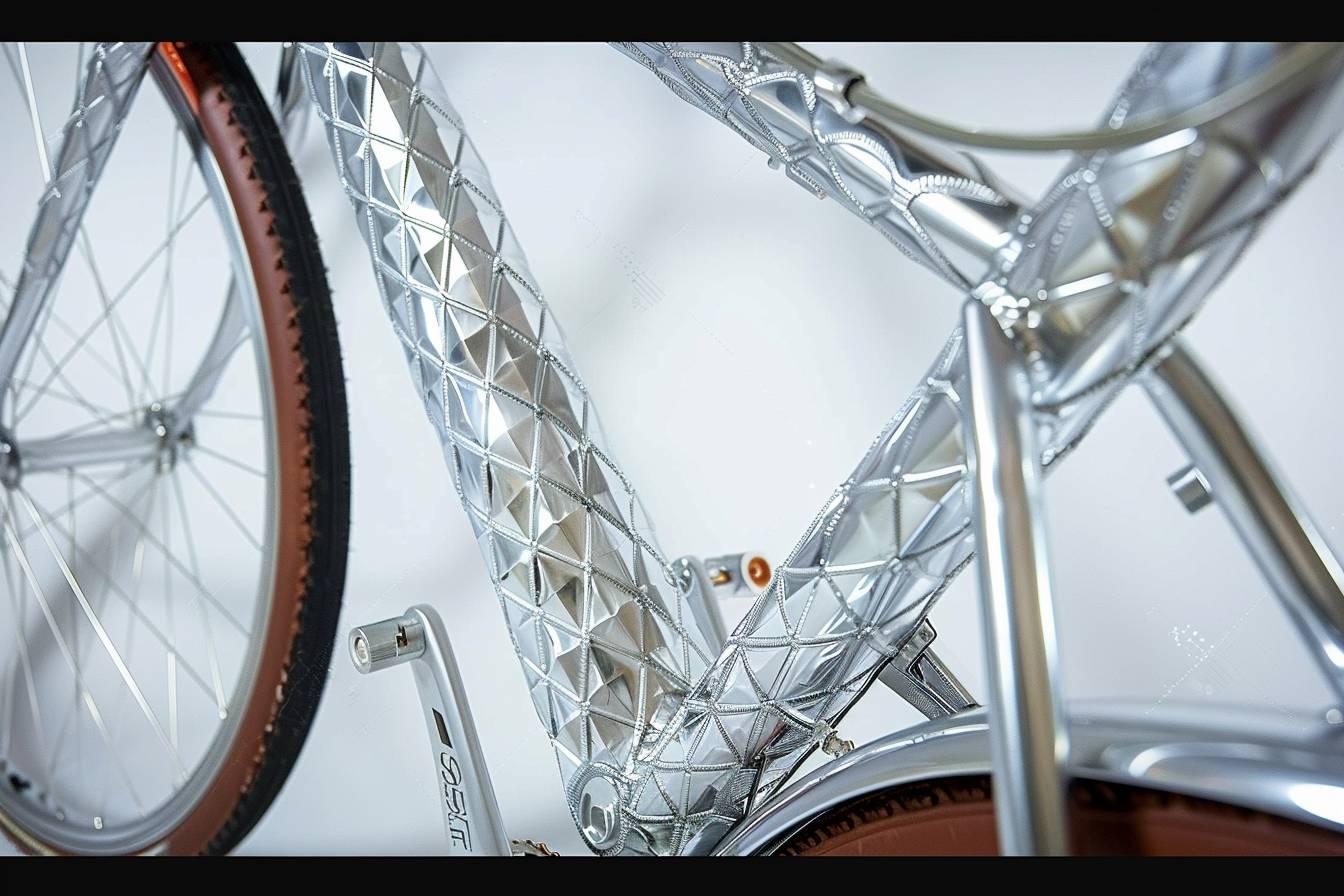This comprehensive guide explores the world of mountain bikes, helping riders choose the best option for their needs.
- Various types cater to different riding styles and terrains
- Key components like wheel size and frame material impact performance
- Modern geometry trends enhance stability and versatility
- Test riding is crucial for making an informed decision
Mountain biking enthusiasts are always on the lookout for the best mountain bikes to conquer challenging trails and explore rugged terrains. Whether you’re a seasoned rider or a beginner, choosing the right bike can make all the difference in your off-road adventures. This comprehensive guide will help you navigate the world of mountain bikes, exploring different types, key features, and essential considerations to find your perfect match.
Types of mountain bikes : finding your perfect ride
Mountain bikes come in various styles, each designed for specific terrain and riding preferences. Understanding these types is crucial in selecting the best mountain bike for your needs :
- Cross-country bikes : Lightweight and efficient, ideal for long distances and climbing
- Trail hardtails : Versatile bikes with front suspension, suitable for mixed terrain
- Short-travel trail bikes : Feature 110-130mm of suspension travel, balancing efficiency and capability
- Mid-travel trail bikes : Offer 130-150mm of travel, perfect for all-around trail riding
- Enduro/long-travel bikes : Boast 150-170mm of travel, designed for aggressive descents and technical trails
Each type of mountain bike caters to different riding styles and terrain preferences. Cross-country bikes excel in speed and efficiency, making them ideal for racing and long-distance rides. On the other hand, enduro bikes are built to tackle challenging descents and technical trails with ease.
When choosing between these types, consider your primary riding goals and the terrain you’ll encounter most often. If you enjoy a mix of climbing and descending on varied trails, a mid-travel trail bike might be the perfect all-rounder for your adventures.
Key components and features to consider
Selecting the best mountain bike involves understanding its key components and features. Here’s a breakdown of essential elements to consider :
| Component | Description | Importance |
|---|---|---|
| Wheel size | 29-inch or 27.5-inch (some use mixed “mullet” setup) | Affects bike handling and rolling efficiency |
| Tire width | Typically 2.4-2.6 inches, with plus sizes up to 3 inches | Impacts traction and ride comfort |
| Rim width | Generally 28-35mm, with 30mm being ideal | Influences tire profile and stability |
| Frame material | Aluminum (cheaper, heavier) or carbon fiber (lighter, stiffer, more expensive) | Affects bike weight, ride quality, and price |
| Suspension | Fork and rear shock (for full-suspension bikes) | Determines bike category and intended use |
When evaluating these components, it’s essential to consider how they align with your riding style and preferences. For instance, 29-inch wheels offer better rolling efficiency and stability, while 27.5-inch wheels provide increased maneuverability and quicker acceleration.
The frame material is another crucial factor to consider. Aluminum frames are more budget-friendly and durable, making them an excellent choice for beginners or riders on a tight budget. Carbon fiber frames, while more expensive, offer superior strength-to-weight ratios and can enhance overall ride quality.

Geometry and design trends in modern mountain bikes
The geometry of a mountain bike plays a significant role in its performance and handling characteristics. Recent trends in bike design have led to some notable changes in geometry :
- Longer reach : Increases stability at high speeds
- Slacker head angles : Improves descending capabilities
- Steeper seat angles : Enhances climbing efficiency
- Adjustable geometry : Allows for versatility in different riding conditions
These geometry trends have resulted in mountain bikes that are more capable and versatile than ever before. The longer reach and slacker head angles provide increased stability when descending steep trails, while steeper seat angles improve pedaling efficiency on climbs.
Some of the best mountain bikes now feature adjustable geometry, allowing riders to fine-tune their bike’s handling characteristics for different types of terrain or riding styles. This adaptability can be particularly beneficial for those who enjoy a wide variety of trail types or want a single bike that can handle multiple disciplines.
Choosing the right mountain bike : expert tips and considerations
Selecting the best mountain bike for your needs involves careful consideration of various factors. Here are some expert tips to guide your decision-making process :
- Identify your intended terrain and riding style
- Set a realistic budget
- Consider your physical fit and bike sizing
- Research suspension travel and its impact on performance
- Evaluate the pros and cons of different wheel sizes
- Explore drivetrain options (1x systems are increasingly popular)
- Don’t overlook the importance of a dropper seatpost
- Consider the benefits of women-specific designs if applicable
One of the most critical steps in choosing a mountain bike is test riding different models. This hands-on experience allows you to feel the differences in geometry, suspension, and overall ride quality. Many bike shops offer demo days or rental programs, providing an excellent opportunity to try out various bikes on real trails.
When deciding between purchasing from a consumer-direct brand or a local bike shop, weigh the trade-offs between price and service. While consumer-direct options often offer better value for components, local bike shops provide invaluable support, fitting services, and ongoing maintenance.
Lastly, consider the potential benefits of owning multiple bikes if your budget allows. Having bikes optimized for different types of riding can enhance your overall mountain biking experience and allow you to tackle a wider variety of terrain with confidence.
